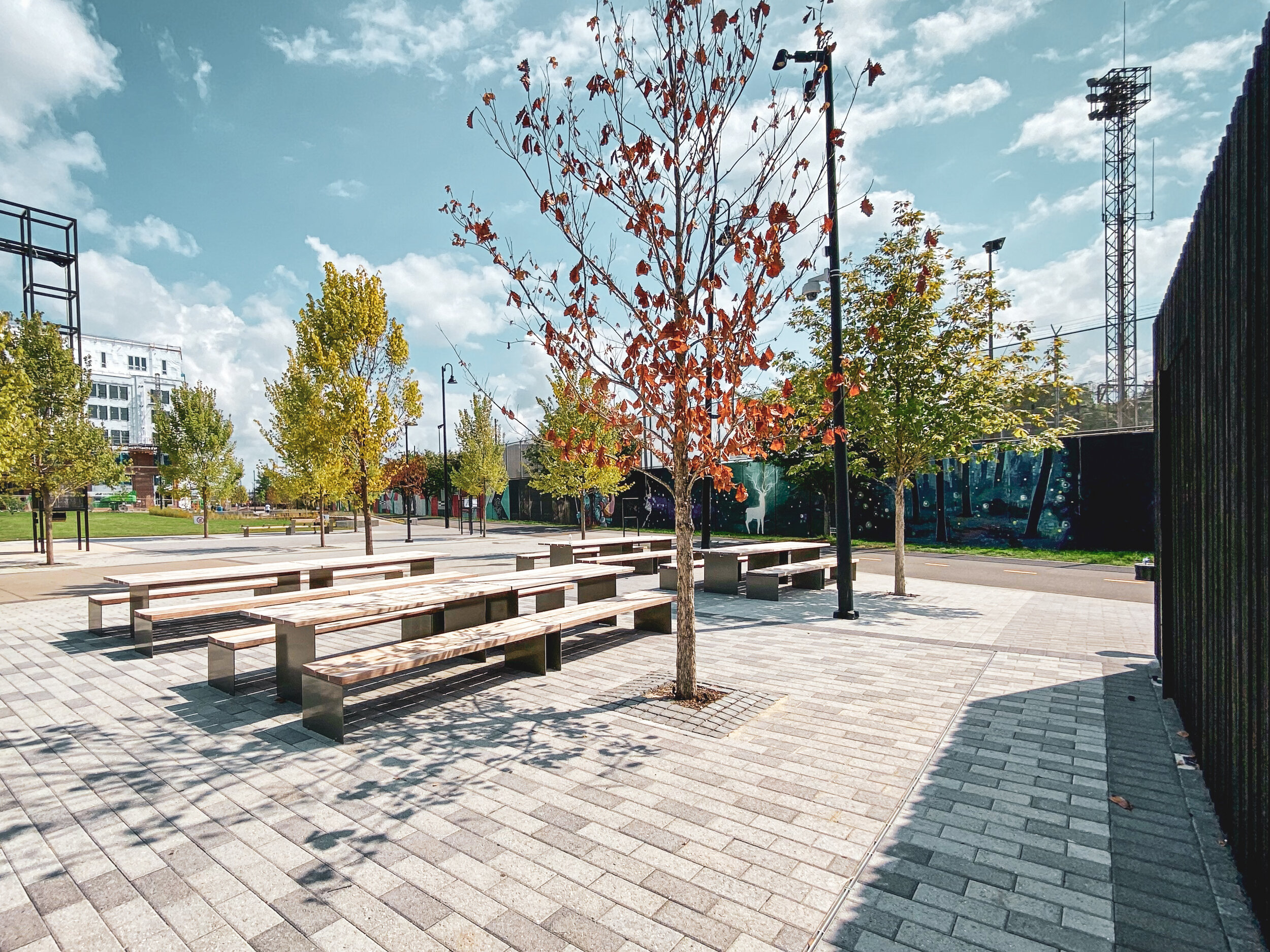Strolling through Adams Morgan you can see the neighborhood has many disparate forms regarding the built environment. A big part of its identity is commercial -- restaurants, bars, and retail, mostly along 18th Street NW south of Columbia Road. The eastern part of Columbia Road itself is known for staple service businesses such as pharmacies, groceries, urgent care, a few banks, and even a veterinarian. Columbia Road west and Kalorama Road are known for their large, impressive multi-unit residential buildings that lead right into Dupont Circle.
Along Calvert Road, a homey vista of attached row houses line the curved thoroughfare all the way up to the Duke Ellington Bridge. When I first moved to DC I was living in nearby Mount Pleasant. This stretch of Calvert Street (1800 & 1900 blocks) was mostly known to me and my friends as group houses and party houses.
1929 Calvert Street NW (the white house)
To that extent, it makes a lot of sense that it was one of these houses hosted the first ever show for Minor Threat, one of DC's and punk music's seminal bands.
In December 1980, the newly formed band Minor Threat opened for another legendary DC band, Bad Brains, in the basement of 1929 Calvert St NW in Adams Morgan. The Minor Threat kids weren't complete unknowns as two of the members had already played in the popular Teen Idles, which broke up earlier that year. And they were kids -- Teen Idles was formed from a group of students enrolled in nearby Wilson High School.
Photo © Susie Josephson Horgan. Minor Threat early show.
Minor Threat continued an on-again off-again existence until permanently disbanding in the summer of 1983. Along the way songs like "Straight Edge" and EP's like "Out of Step" connected with DC punk kids and even more outside of the capital city. With the band members going on to be a part of even longer lived bands such as Fugazi, Bad Religion, Dag Nasty, and many others, the importance and influence of Minor Threat has been amplified over the decades.
Today the Calvert Street house is just... a house. No fanfare, no signage, just another row house in Adams Morgan. But the house will be part of a private tour I am writing for a client this spring. If all goes well, I may consider a permanent Adams Morgan tour based on music and social activism! It's a strong possibility.






























